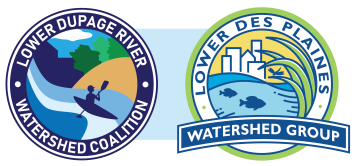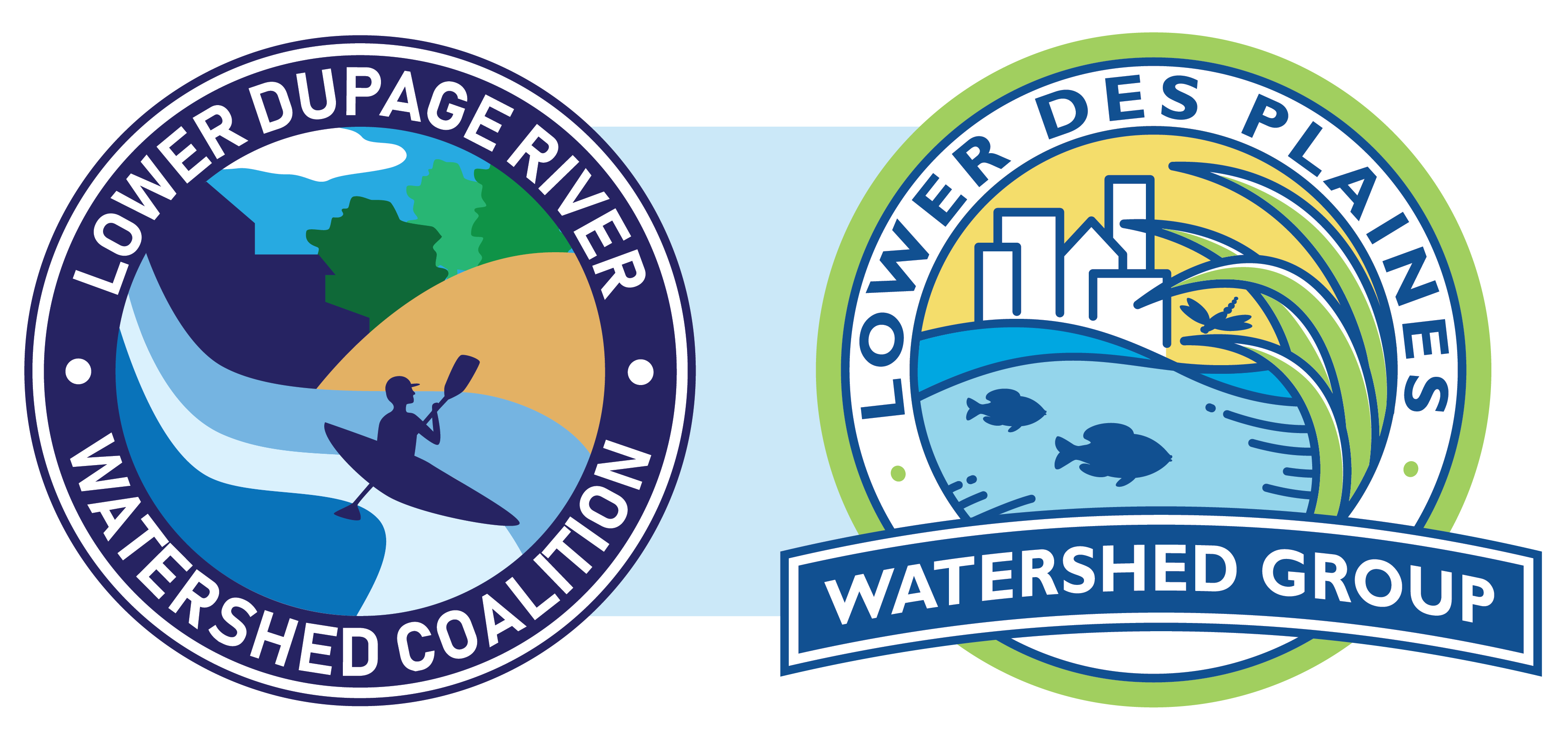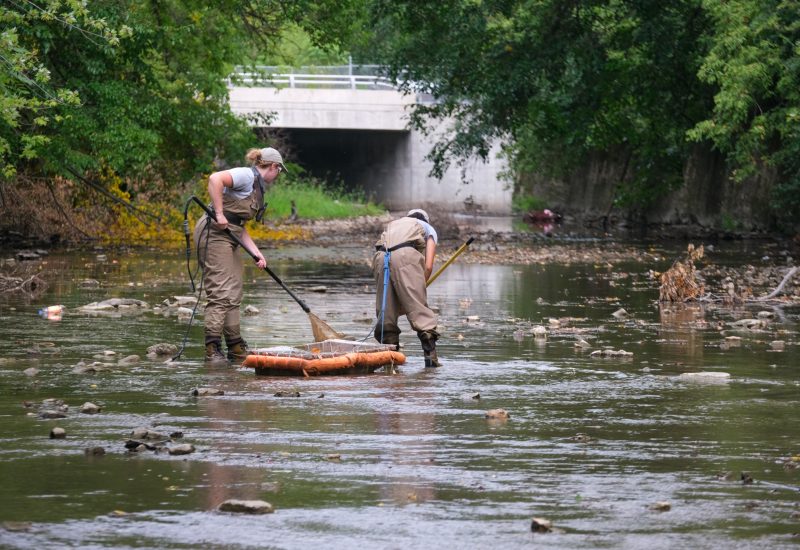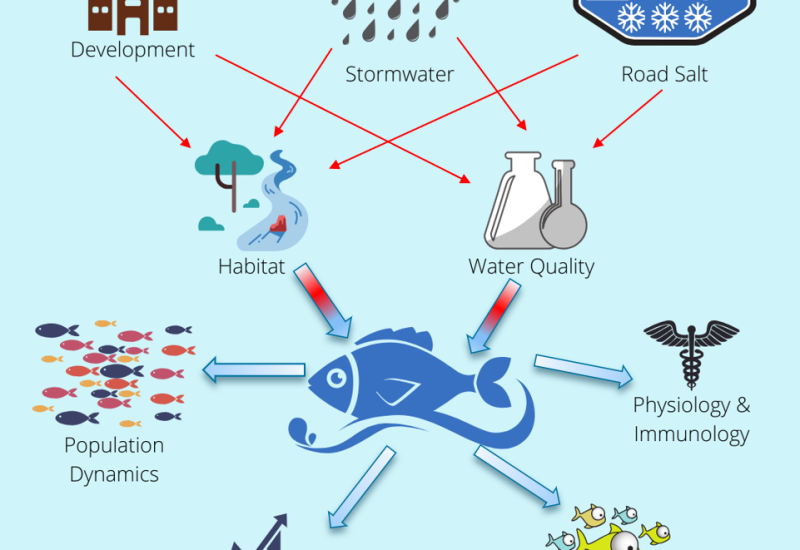As with most things, we need to understand current conditions before we can determine how to make them better.
Our overall goal is to improve aquatic life scores in our streams, hopefully to a point where they are no longer impaired. We have worked with local and national experts to help us design a monitoring program that will help us answer questions about the quality and health of our waterways.
Once the data is collected, we utilize the Identification and Prioritization System (IPS) Model to compare sites to benchmark values for different stressors and then rank sites based on restorability. The data is also used to support the development of the Nutrient Assessment and Reduction Plan (NARP) which is geared towards reducing the impacts of nutrients locally and downstream.
The Bioassessment Monitoring Program provides the science and data driven backbone to our other programs.
The IPS Model identified benchmarks for the most important stressors to aquatic life and ranks restorability.
The Nutrient Assessment and Reduction Plan will focus on reducing nutrient-related impacts to aquatic life.
Blog
How Do Dams Impact Fish and Water Quality?
Dams cause a few problems for our complex river systems, including poor water quality and blockage of fish passage.




